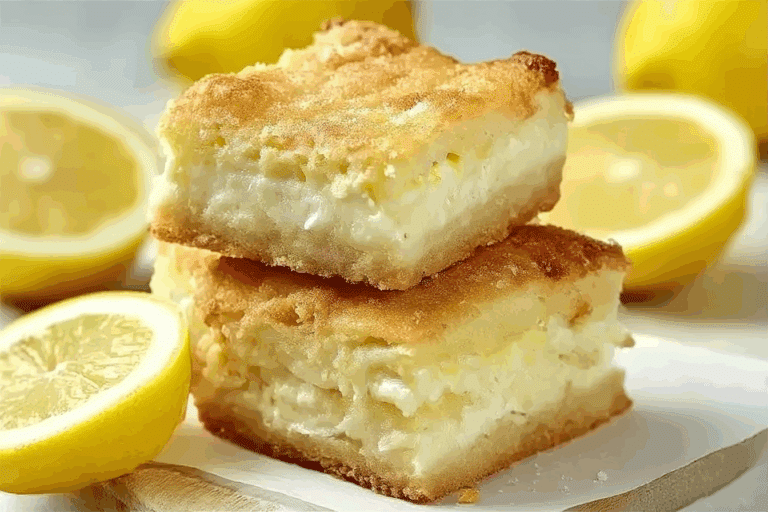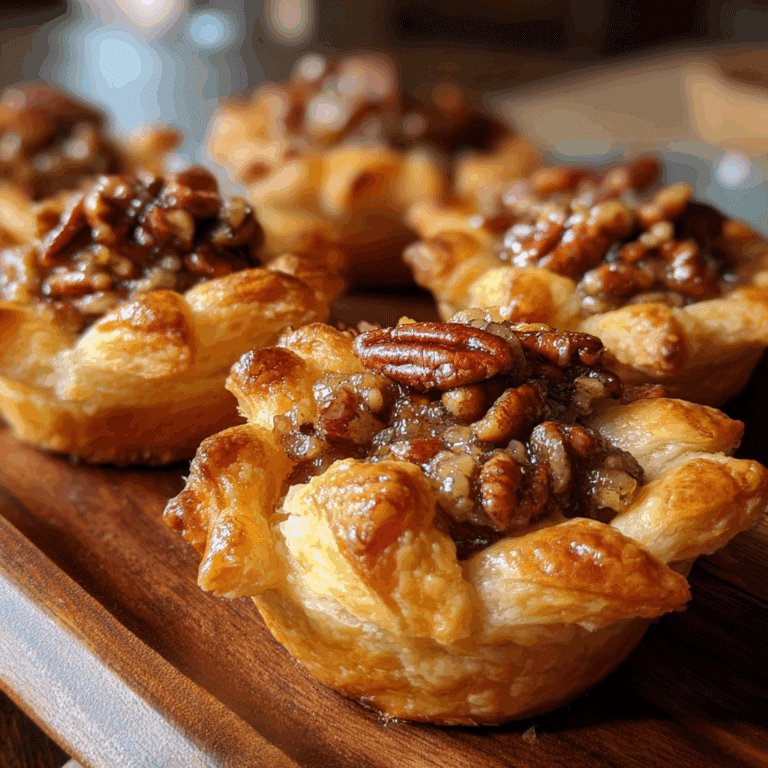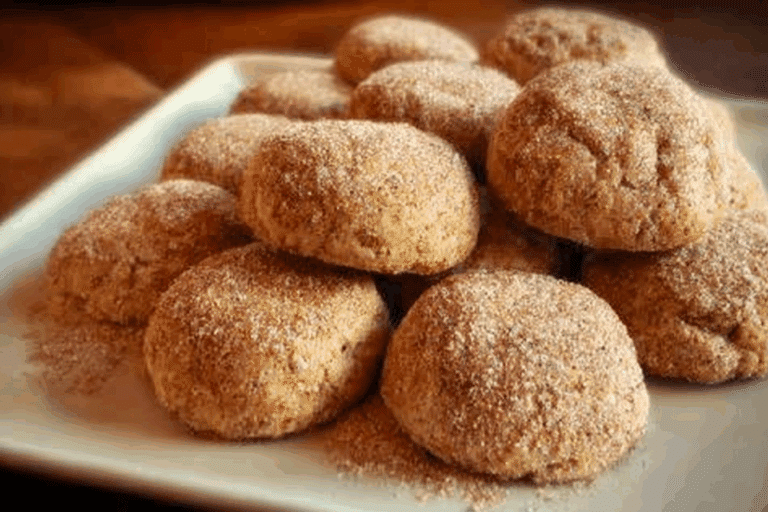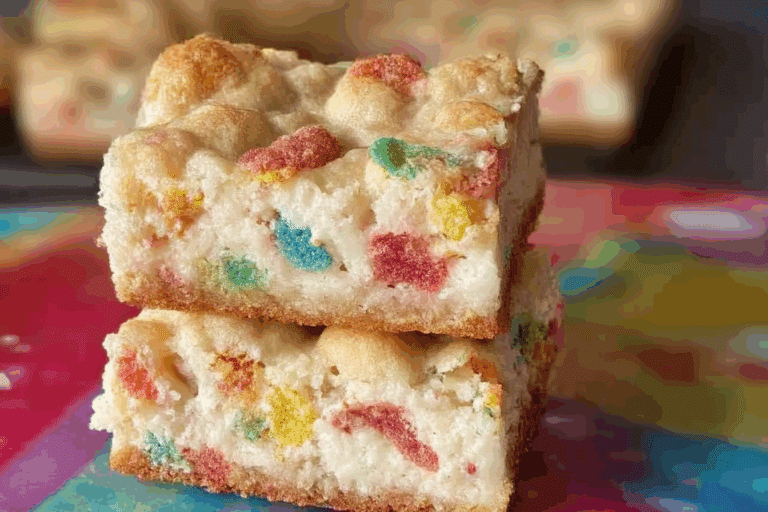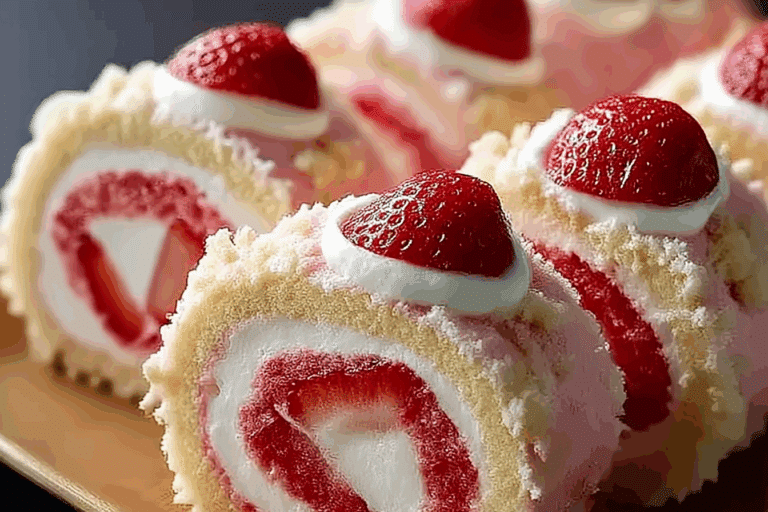German Pretzels
There’s a reason the unmistakable aroma of freshly baked pretzels draws you in from the moment they emerge from the oven—soft, balloon-like dough wrapped in a shiny, deeply golden crust and finished with a sprinkle of coarse salt. These German Pretzels are a cozy classic, perfect for enjoying fresh, dipping in mustard, or savoring with a cold brew.
Behind the Recipe
I first encountered authentic German pretzels during an autumn stroll through Munich’s Viktualienmarkt. The bakery windows lined with perfectly twisted, crusty pretzels called my name, and one bite transported me right into Oktoberfest spirit. Since then, recreating that perfect contrast of chewy interior and crisp crust in my own kitchen has become a joyful tradition.
Recipe Origin & Trivia
Pretzels, or Laugenbrezeln, trace their roots to medieval Europe—born in monasteries and often shaped into knots symbolizing folded arms in prayer. Over centuries, they’ve become iconic in Germany, especially in regions like Bavaria, where they’re a staple at beer gardens and bakeries alike. The signature dark crust comes from dipping the dough in a lye solution—or a more approachable baking soda version—before baking.
Why You’ll Love These German Pretzels
- Authentic Experience: Every bite offers that classic chewy-on-the-inside, crisp-on-the-outside contrast.
- Kid- and Crowd-Approved: Shaped for sharing and dipping.
- Make-Ahead Friendly: Prep the dough earlier, shape and bake just before serving.
- Perfectly Paired: Whether with mustard, cheese dip, or just butter, they elevate any snack spread.
Chef’s Pro Tips for Pretzel Perfection
- Precise water temperature matters: Aim for about 110°F to gently activate yeast.
- Don’t rush the rise: Waiting for the dough to double ensures a light, airy interior.
- Use baking soda if you don’t have lye: It still delivers that shiny, deep-brown crust—without the safety concerns.
- Ice water bath after baking: Dip briefly to lock in shine and seal the crust.
Kitchen Tools You’ll Need
- Large mixing bowl
- Saucepan (for the lye or baking soda bath)
- Baking sheet lined with parchment or silicone
- Slotted spatula or spider for lowering and lifting pretzels
- Pastry brush (if using egg wash instead of lye for shine)
- Sharp knife or lame for scoring (optional)
Ingredients
- Warm water (110°F): Activates the yeast.
- Active dry yeast: For rise.
- Granulated sugar: Feeds the yeast.
- All-purpose flour: Forms the dough.
- Salt: Enhances flavor.
- Unsalted butter (melted): Enriches the dough.
- Baking soda or lye: Creates the characteristic crust.
- Coarse pretzel salt: For the finishing touch.
Ingredient Substitutions
- Paneer, whole wheat flour: Use up to one-third whole wheat to deepen flavor.
- Melted butter: Olive oil for a different richness.
- Baking soda bath vs lye: Baking soda is safer for home kitchens—even dishwasher-grade works in a pinch.
Ingredient Spotlight
- Yeast-Risen Dough: Gives pretzels their airy, chewy core.
- Baking Soda Bath: It’s the secret to that deep golden-brown, lightly crispy shell.
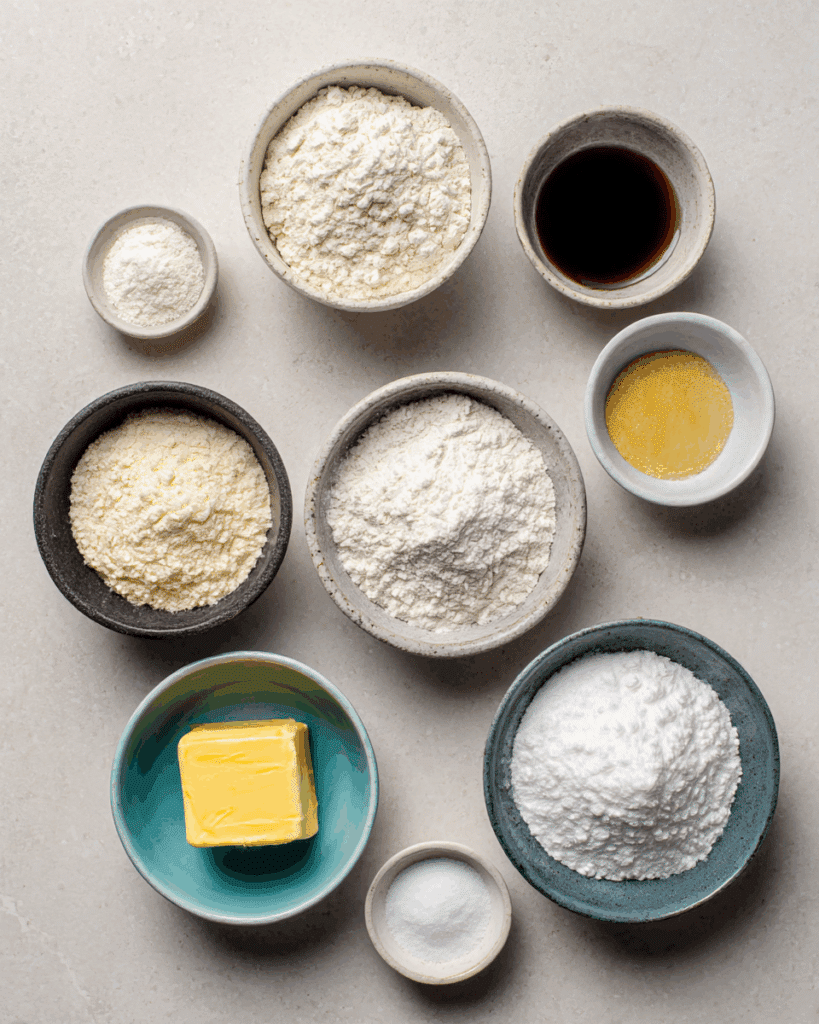
Instructions for Making German Pretzels
-
Warm the Oven and Prep:
Heat your oven to 450°F (230°C). Line a baking sheet with parchment. -
Make the Dough:
Stir warm water, yeast, and sugar until foamy. Add flour, salt, and melted butter. Knead until smooth, about 5–7 minutes. Let it rise until doubled, around 1 hour. -
Shape the Pretzels:
Divide dough into equal pieces. Roll into ropes and gently twist into classic pretzel shapes or simple knots. -
Make the Bath:
In a saucepan, dissolve baking soda (around 4 tbsp) in about 1–2 cups simmering water—or follow lye product instructions if comfortable. -
Boil Pretzels:
Using a slotted spatula, lower the shaped dough into the bath for about 30 seconds per side. Drain briefly. -
Score & Salt:
Place on baking sheet, sprinkle with coarse salt, and optionally score lightly with a knife. -
Bake to Perfection:
Bake for around 12–15 minutes until the crust is deep brown and beautifully glossy. -
Finish:
Optional: Chill briefly in an ice-water bath to lock in shine, then brush with butter for richness. -
Serve & Enjoy:
Best eaten warm and fresh—perfect for dunking or tearing open with butter melting inside.
Texture & Flavor Secrets
The magic lies in the balance—the snappy, golden shell gives way to a tender, chewy interior that practically begs to be dipped or savored plain. The baking soda bath gives that subtle tang and visual sheen that defines a great pretzel.
What to Avoid
- Skipping the rise: Leads to dense, heavy dough.
- Shortcuts on the bath: Not browning or chewy enough.
- Overbaking: Dry interior—not the gooey delight we want.
Nutrition Facts (Approximate per pretzel)
- Serving Size: 1 pretzel
- Calories: 180
Timing
- Prep: 20 minutes
- Rise: 1 hour
- Bake: 12–15 minutes
- Total Time: ~1 hour 40 minutes
Make-Ahead & Storage Tips
You can make the dough up to one day before—store in the fridge, then shape and bake the next day. Leftover pretzels can be refreshed in a 300°F oven for about 5 minutes to restore that classic chew.
How to Serve
- With mustard or melted cheese
- Slathered with butter
- Alongside German sausages or soft cheeses
Leftover Ideas
- Slice and turn into savory bread pudding
- Layer with ham and cheese for an epic sandwich
- Make miniature pretzel bites for dipping in fondue
Additional Tips
Add some garlic powder or za’atar to the dough for flavor variation. Brush with egg wash before baking for a different sheen. Top with sesame seeds or everything bagel seasoning for creative flair.
Make It a Showstopper
Serve warm in a basket with a jar of mustard or cheese dip. Garnish with fresh herbs or coarse sea salt. Create a pretzel board with spreads, pickles, and craft beers for a true celebration.
Variations to Try
- Whole Wheat Pretzels: For nutty flavor.
- Cinnamon Sugar Pretzels: After baking, toss in melted butter then cinnamon sugar.
- Pretzel Bites: Tiny bite-size versions—perfect for dipping.
- Stuffed Pretzels: Fill with cheese or jalapeños before shaping and baking.
FAQ’s
Is it safe to use lye? Yes—if you handle with gloves and follow directions. Baking soda is a safer home alternative.
Why the dip in lye or soda? It transforms the crust and flavor.
Can I freeze them? Yes—freeze after baking; reheat to refresh.
Can I make them gluten-free? Try GF flour blends, but texture will differ.
How to reheat later? Oven at 300°F for 5–7 minutes—brings back softness and chew.
Conclusion
These German Pretzels bring together the nostalgic comfort of biergarten treats and the satisfaction of homemade craftsmanship. With their shiny shell, soft center, and that quintessential pretzel flavor, they’re sure to become a beloved ritual—especially when dipped, shared, or eaten straight from the oven. Let me know when you’d like the Tasty Card or Pinterest version ready!
Print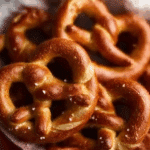
German Pretzels
- Prep Time: 20 minutes
- Cook Time: 15 minutes
- Total Time: 1 hour 40 minutes
- Yield: 8 pretzels
- Category: Snack
- Method: Baking
- Cuisine: German
- Diet: Vegetarian
Description
Classic soft German Pretzels with a deep brown crust and fluffy, chewy interior. Perfect for dipping in mustard, enjoying with butter, or pairing with your favorite beer.
Ingredients
- Warm Water (110°F): 1 1/2 cups – Activates the yeast.
- Active Dry Yeast: 2 1/4 teaspoons – For leavening.
- Granulated Sugar: 1 tablespoon – Feeds the yeast.
- All-Purpose Flour: 4 cups – Forms the dough base.
- Salt: 2 teaspoons – Balances flavor.
- Unsalted Butter (melted): 2 tablespoons – Adds richness to the dough.
- Baking Soda: 1/2 cup – For the pretzel bath, gives signature crust.
- Coarse Salt: For topping – Classic pretzel finish.
Instructions
- Make Dough: Combine warm water, yeast, and sugar. Let sit until foamy. Add flour, salt, and melted butter. Knead until smooth and elastic. Let rise 1 hour or until doubled.
- Shape Pretzels: Divide dough into 8 pieces. Roll each into a rope and twist into a pretzel shape.
- Prepare Bath: In a large pot, bring 8 cups of water and 1/2 cup baking soda to a simmer.
- Boil: One at a time, drop pretzels into the water for 30 seconds. Remove with a slotted spatula.
- Bake: Place pretzels on parchment-lined sheet, sprinkle with coarse salt. Bake at 450°F for 12–15 minutes until deep golden brown.
- Serve: Let cool slightly. Enjoy warm with butter or mustard.
Notes
- Baking soda bath is key for color and chew.
- For shine, brush with egg wash before baking (optional).
- Dough can be refrigerated overnight for make-ahead prep.
- Freeze baked pretzels and reheat in oven for quick snacks.
Nutrition
- Serving Size: 1 pretzel
- Calories: 180
- Sugar: 1g
- Sodium: 370mg
- Fat: 4g
- Saturated Fat: 2g
- Unsaturated Fat: 2g
- Trans Fat: 0g
- Carbohydrates: 32g
- Fiber: 1g
- Protein: 5g
- Cholesterol: 10mg


